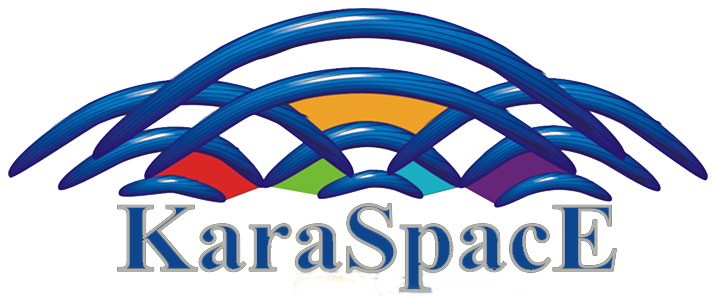Is there a prototype or proof of concept for this incredible technology?
The scale and complexity of mainstream AR technology demands for alternative structures of proof. And the gigantic implications require an adjustment of the assessment policy.
NASA has developed such structures, assessing the large numbers of involved technological elements with standardized readiness levels, and identifying the critical elements in large projects.
The KaraSpecs integral fiber optical design, comes with a first acceptable proof, in the form of a distributed academic proof of concept as we call it.
All the individual technological elements provide a hard proofs of concept in the form of a prototype or experimental setup, together with extensive studies by the local teams. But they are distributed all over the world. The academic part is the sharp logic, to combine this elements to work together, to form the much more complex system.
Considering the gigantic implications, the assessment is made with dedication, to dive deep into the different areas of science, to understand the proofs. Then the logic of linking the technologies together must be assessed. As soon as this logic is recognized as very strait forward, the distributed academic proof can be considered legitimate.
An other way of looking at it, is Steve Jobs postulating: „If you can imagine it, you can achieve it“.
For everybody to understand the technology and its proof, we have started to produce comprehensive videos about the integral fiber optical design. A 15 minute introduction and a 45 minutes overview is available already, to show that the incredible claims are very realistic. But to understand the proof in depth, the videos will be much longer and not ready jet. They will be available for the big token sale.
The first milestone in the development will then be the classical prototype, bringing all elements together, customizing them and showing, that they also work together in praxis. But this will be already half way to the final product, with enormous spending, which nobody can pay from the private pocket.
Is the absolute blockchain privacy in the AR-Glasses in line with the concerns of international governments, to conserve sovereignty and control over there people.
All though it seems most desirable for a government to exert total control over people through closed system AR glasses, it is counter productive. It bears the risks of loosing this control through technological arms race and possible power grabbing. After all, minor governments are not very good in keeping up with technological advances.
KaraSpecs deescalates the arms race in the cyber space for the centralized control over people. With AR privacy, the state can stick with their classical means with piece of mind, knowing that no other power can orchestrate the own people. The KaraSpace governance secures the international neutrality and AR privacy, as the location of its headquarter in Switzerland is indicating.
KaraSpecs own blockchain infrastructure further fosters localized App and Coin structures, healthy for local wealth, and prerequisite for many countries like China.
But why can not big companies like Apple, Google or Samsung do it or copy it?
Only KaraSpace has international patent protection for the ultimate AR optical design, that has been worked of for many years. All other AR optical designs look ridiculous and are far away from being accepted as mainstream device.
But even if they have a competing design, they can not solve the profound AR privacy problem without disassembling their own centralized, big-data business model.
The blockchain principles demand the change to decentralization, and users learn very quick, to reject the nightmare of a closed AR glass system.
The big corporations may have a lot of money, but are too inflexible to see and accomplish the upcoming paradigm shift.
